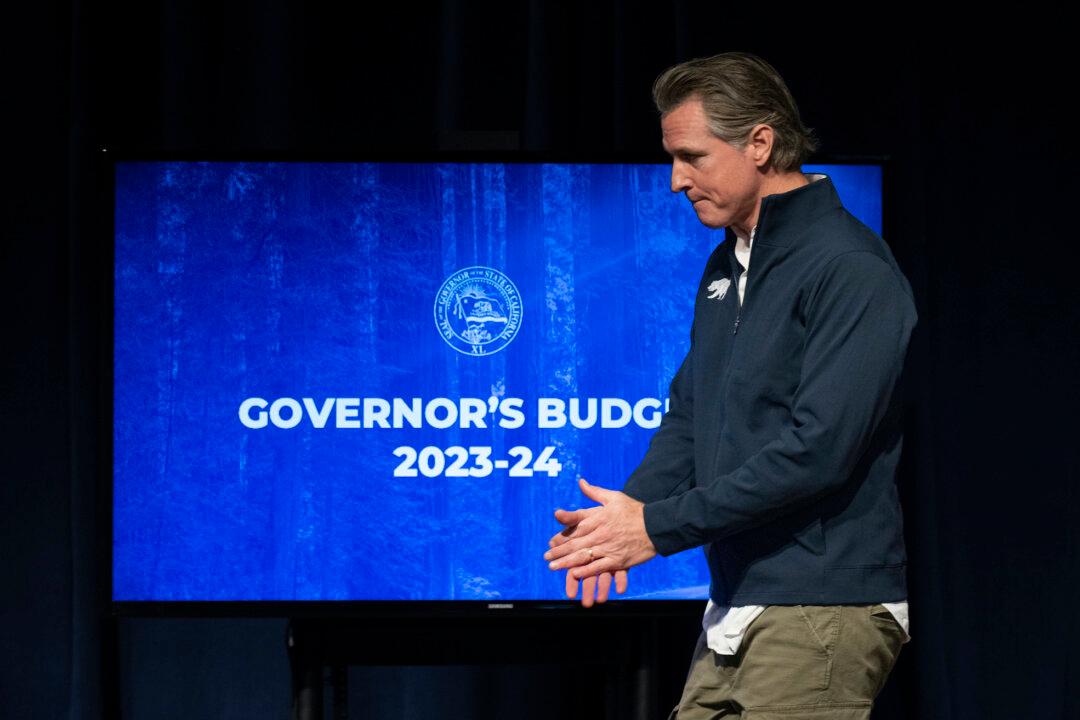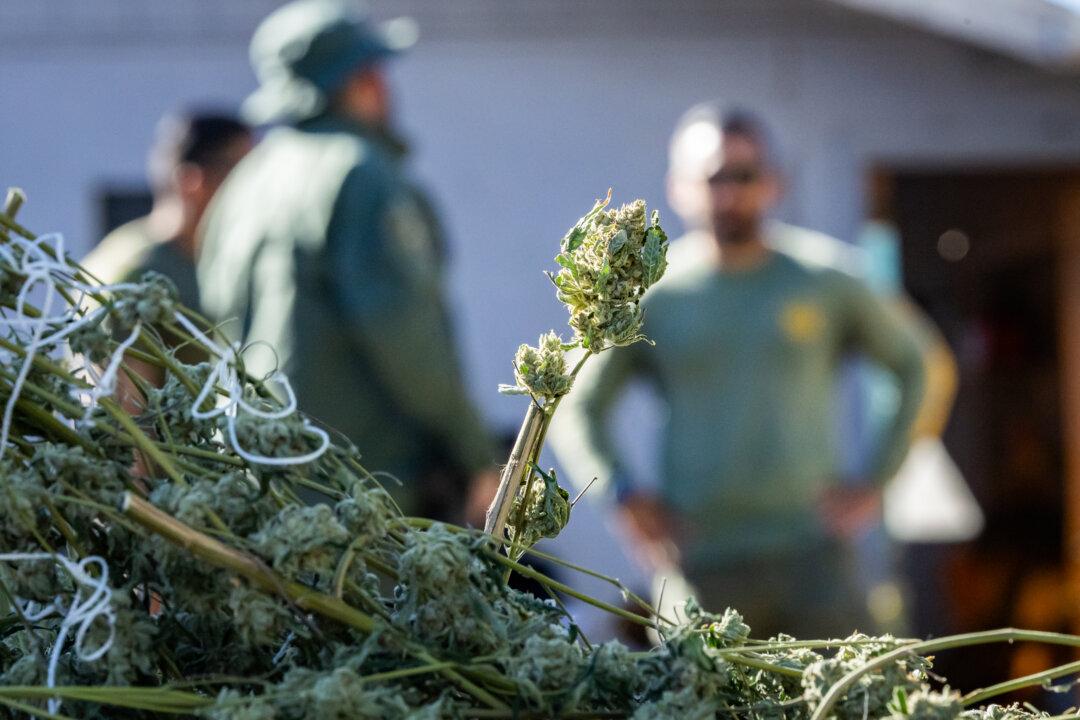Faced with a $22.5 billion budget shortfall, California Gov. Gavin Newsom has slashed $6 billion from the state’s proposed climate agenda budget to about $48 billion.
But even with the cuts, $48 billion is “an unprecedented investment in this space,” Newsom said in releasing his proposed 2023-24 budget at a press conference on Jan. 10.





